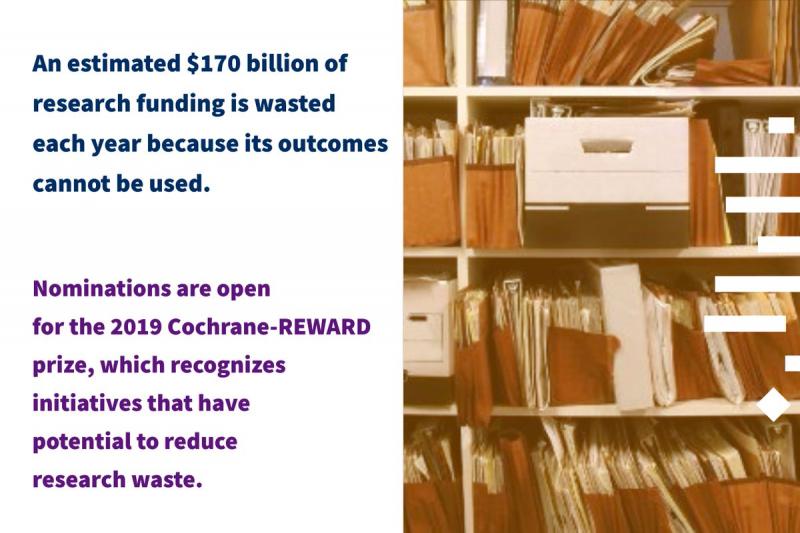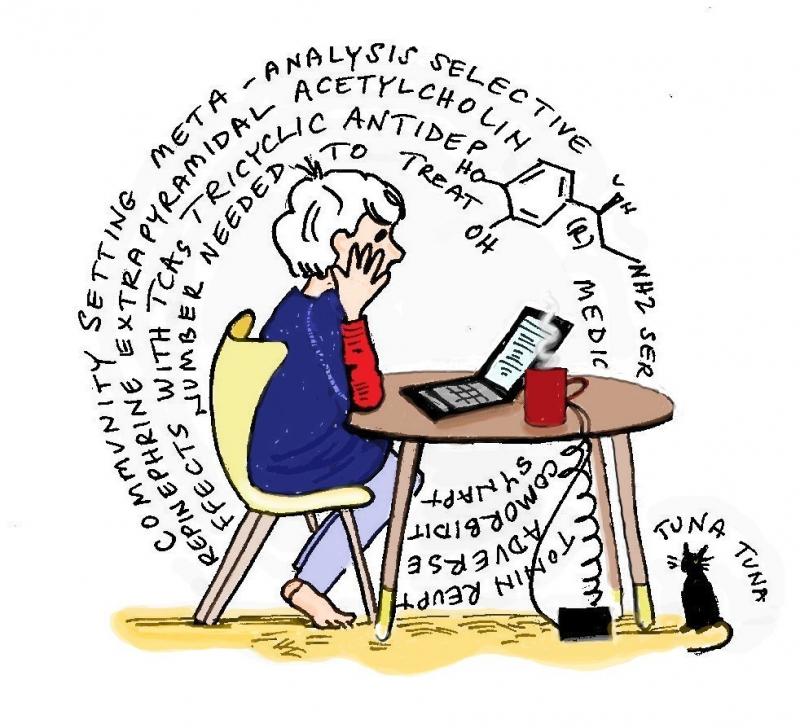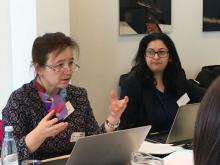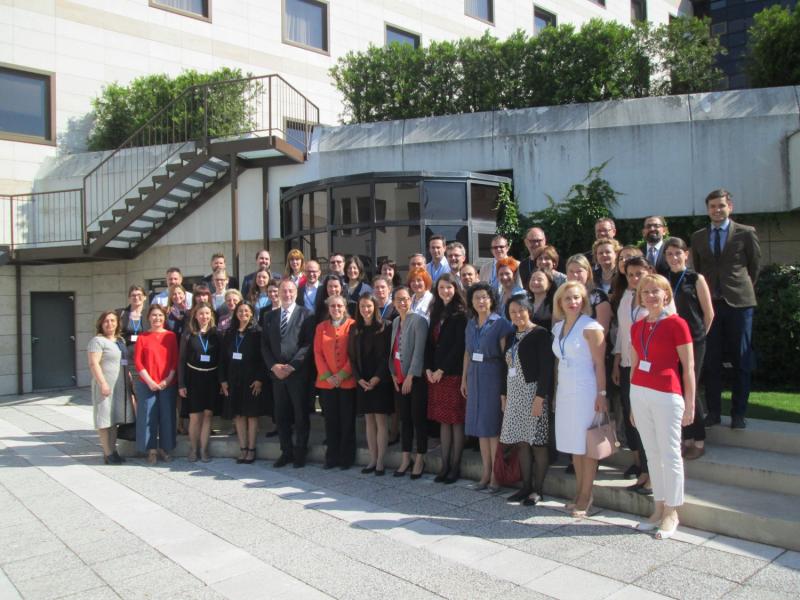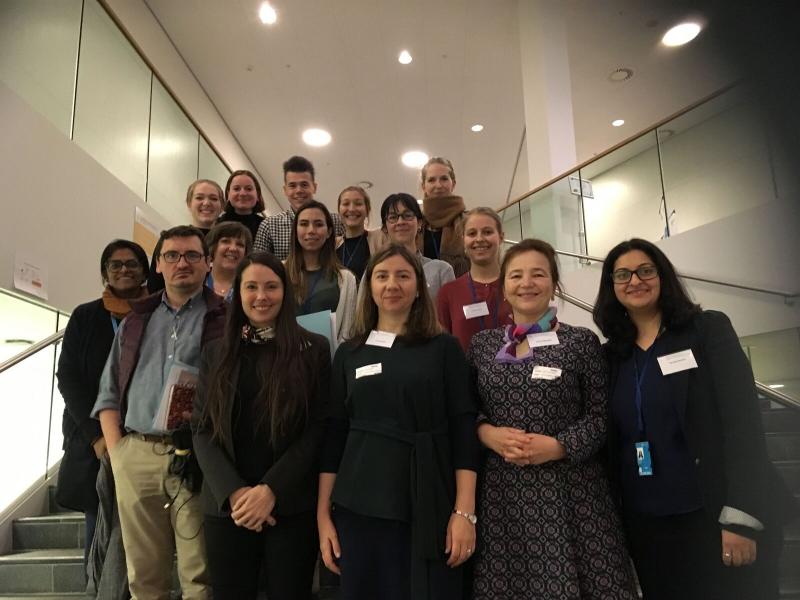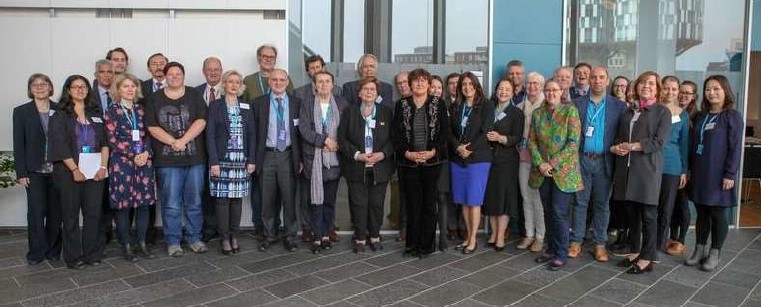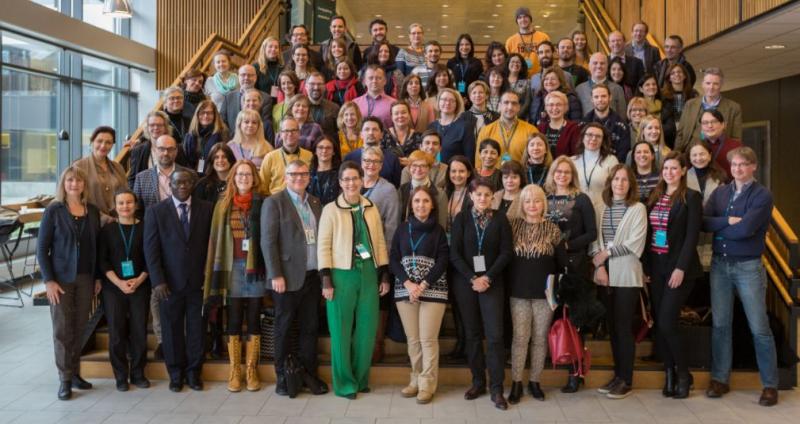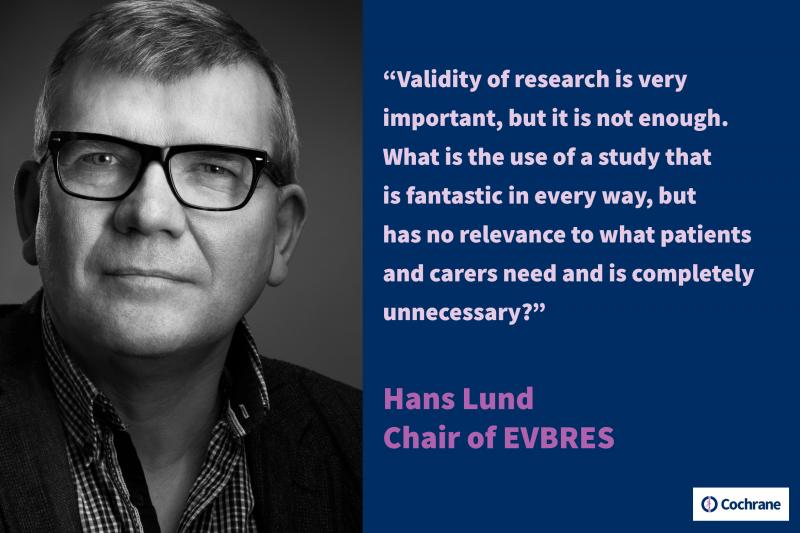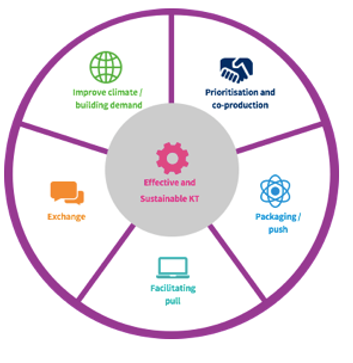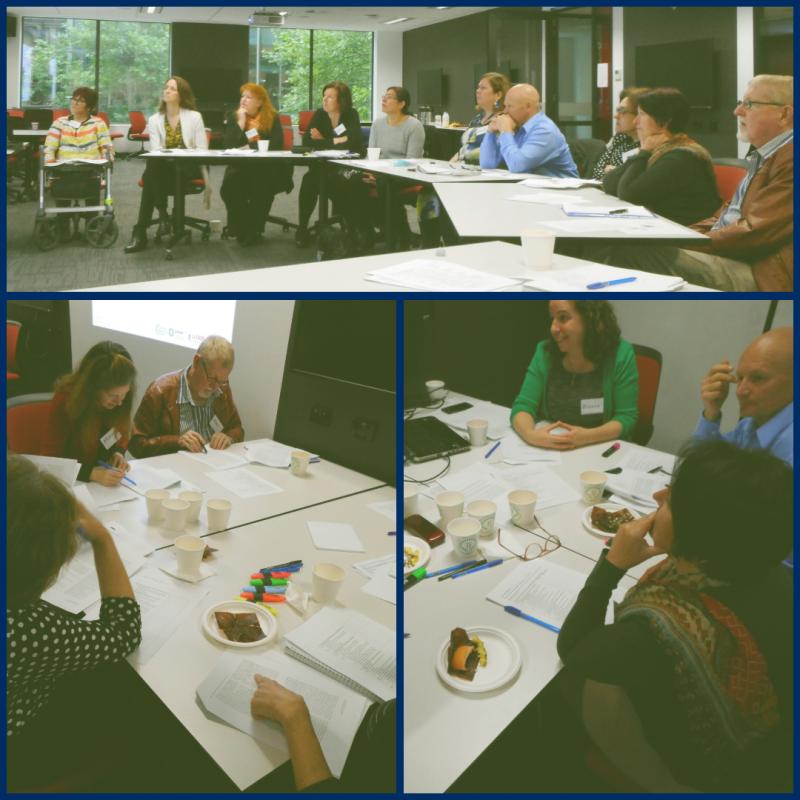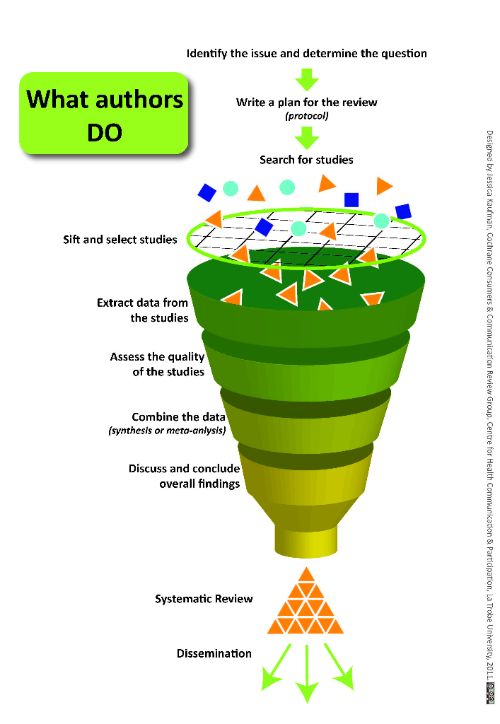Blogshots: challenges, changes and some new guidance


New guidance to making Cochrane blogshots is now available, comprising a quick checklist and a detailed document with examples. Cochrane UK Knowledge Broker, Sarah Chapman, who has helped produce the document, explains how this has come about.
At Cochrane UK, we first experimented with blogshots four years ago and have been making and sharing them in pretty much the same way since then, apart from some early refinements to the format, including versions for the health professional and non-medical audiences of our ‘Evidence for Everyday’ series. Others in Cochrane took this up, making or translating blogshots, and there are now many available in languages other than English.
As part of Cochrane’s Knowledge Translation work, we were asked to produce some guidance for those in Cochrane wishing to make blogshots, with the aims of improving consistency, accuracy and quality. In the process of doing this, our scrutiny of current practice revealed the extent to which the blogshots vary and highlighted both the need for guidance and also the many uncertainties about what ‘best practice’ might look like.
Blogshots – quick to read and share
Blogshots have great potential. They give brief information in a format that is quick to read and share on social media, with a link to the full review for those who want more information, and they are easily updated when the Cochrane Review is updated. Anecdotally, people seem to like them. But we know little about people’s understanding and use of them and there is a lack of evidence to guide most aspects of blogshot production and dissemination. What’s more, the production, translation, storing and updating of blogshots across Cochrane is unregulated and uncoordinated.
Moving from innovation to evaluation
As an organization dealing in evidence, we think we need to do better than base practices on anecdote and best guesses! We also need to ensure that we avoid duplication of effort, and that innovation isn’t at the expense of quality. It’s good to experiment, but now we need to evaluate how well our new products and practices are working and how we could improve them. At worst, they might be misinforming people. Like any intervention, we need to consider the potential benefits and harms.
Making improvements
Blogshots may look like ‘quick wins’, but they are not a simple undertaking. Something we quickly discovered was the difficulty of imposing uniformity on blogshots when they are based on Cochrane Reviews in all their variety! However, we hope that the guidance will go some way towards providing some basic presentation guidelines whilst allowing flexibility to ensure the information included is relevant to the target audience and adapted to the Cochrane Review. We have also consulted with colleagues working on the Core Principles for Dissemination to ensure the guidance aligns with these.
We have amended our own practice and made changes to the template, which is now available to be used by everyone in Cochrane making blogshots. There are also changes in the way they are being stored.
Sharing evidence – blogshots or something else?
A key question worth asking if you are currently making, or considering making, blogshots to share Cochrane evidence, is what is your primary aim? At Cochrane UK, it is to give people a nugget of evidence, with the expectation that this might be useful and that they might or might not chose to go to the full review. For Cochrane Review Groups, the primary aim might be to increase click-throughs to the reviews. If so, Cochrane’s pilot study (https://visuallycochrane.net/2016/11/30/tweet-tweet-blogshot-or-tweet-picture-results-from-a-twitter-pilot-study/) conducted as part of the deep dive’ on blogshots suggests that increasing click-throughs may be more effectively achieved through sharing a tweet with a picture and link to the review. This is also less resource intensive.
If you do choose to make blogshots, we hope you find the new guidance useful. Our thanks are due to colleagues who have helped us produce this guidance, including those who tried out a draft version and provided valuable feedback.



